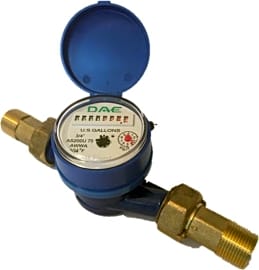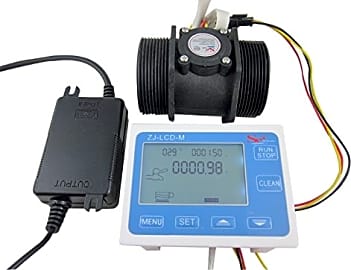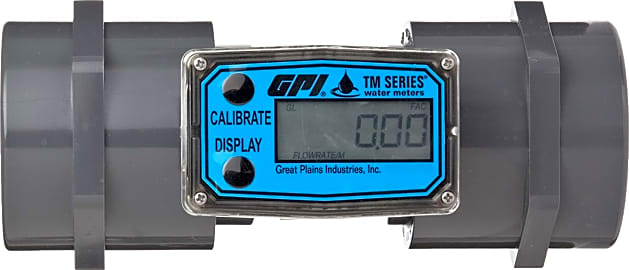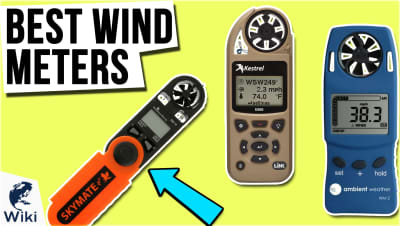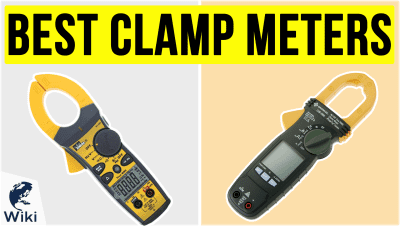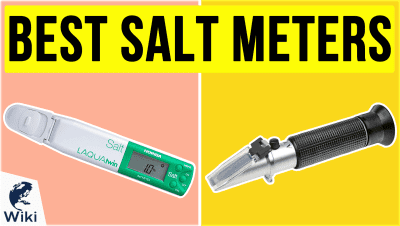The 7 Best Inline Liquid Flow Meters

This wiki has been updated 26 times since it was first published in January of 2019. Whether you're a frugal homeowner concerned with your lawn sprinkler's water usage or a professional technician monitoring a treatment system, an accurate inline flow meter can be a valuable tool. From basic models to complex instruments capable of measuring speed, viscosity, and pressure, we've selected a variety of choices to ensure that you find the best option for any project. When users buy our independently chosen editorial picks, we may earn commissions to help fund the Wiki.
Editor's Notes
June 11, 2019:
Received letter from Russel R. Miller, from the law firm RohrbachersCron, in Ohio, an attorney representing H2Flow, Inc. Letter demanded that "...all references to our client and its product, including the blacklisting, immediately be deleted from your website and that there be no other references to the circumstances."
Background: We had removed H2Flow's FloVis 2 after the manufacturer threatened legal action against Ezvid Wiki over our review of their product on this page. At the same time, we made an internal note to bar the inclusion of any H2Flow Controls products from future rankings on this website, due to H2Flow's repeated threats of litigation over our review of their product.
June 01, 2019:
By definition, flow meters measure the flow rate of a liquid, and "inline" versions are installed as part of the pipeline itself, allowing the fluid being measured to pass directly through the instrument. This practical construction makes them both accurate and affordable, resulting in a tool with a large variety of useful applications.
When it comes to selecting the best option for you, it all depends on what your needs are.
If you're a landlord who just wants to monitor your tenant's water usage, durability would be your top priority. In addition to discouraging tampering, a heavy-duty meter will be able to stand up to potentially damaging environments, like a cluttered basement or an outdoor setup (especially if you'll only be checking on it once a month). The solid brass body and analog ticker mechanism of the "DAE AS130U" would be a perfect fit, as opposed to less sturdy digital options that would probably be too fragile.
That said, digital displays are absolutely necessary when it comes to any job that relies heavily on precision. Whether you're calculating diesel fuel sales or using a sensitive water treatment machine, even a small miscalibration error can end up becoming a costly mistake over time. Electronic meters like the "GPI 113255-1" are also the only models capable of adjusting their calibration settings, making them an obvious choice for someone looking to monitor different types of fluids.
If cumulative data isn't what you need, and you just want a meter that can simply indicate the presence of flow and/or give you an approximate idea of its rate, then a low-tech option like the "Uxcell a111" is going to cover your bases pretty well.
And finally, if you're monitoring a larger operation like a water treatment system that is highly dependent on both accurate readings and the ability to stand up to high PSI, the "GPI Turbine 2" could be worth the price tag. It might not be able to monitor the lower flow rates that the other options can, but as long as it's matched with the appropriately sized job, that shouldn't be too much of an issue.



